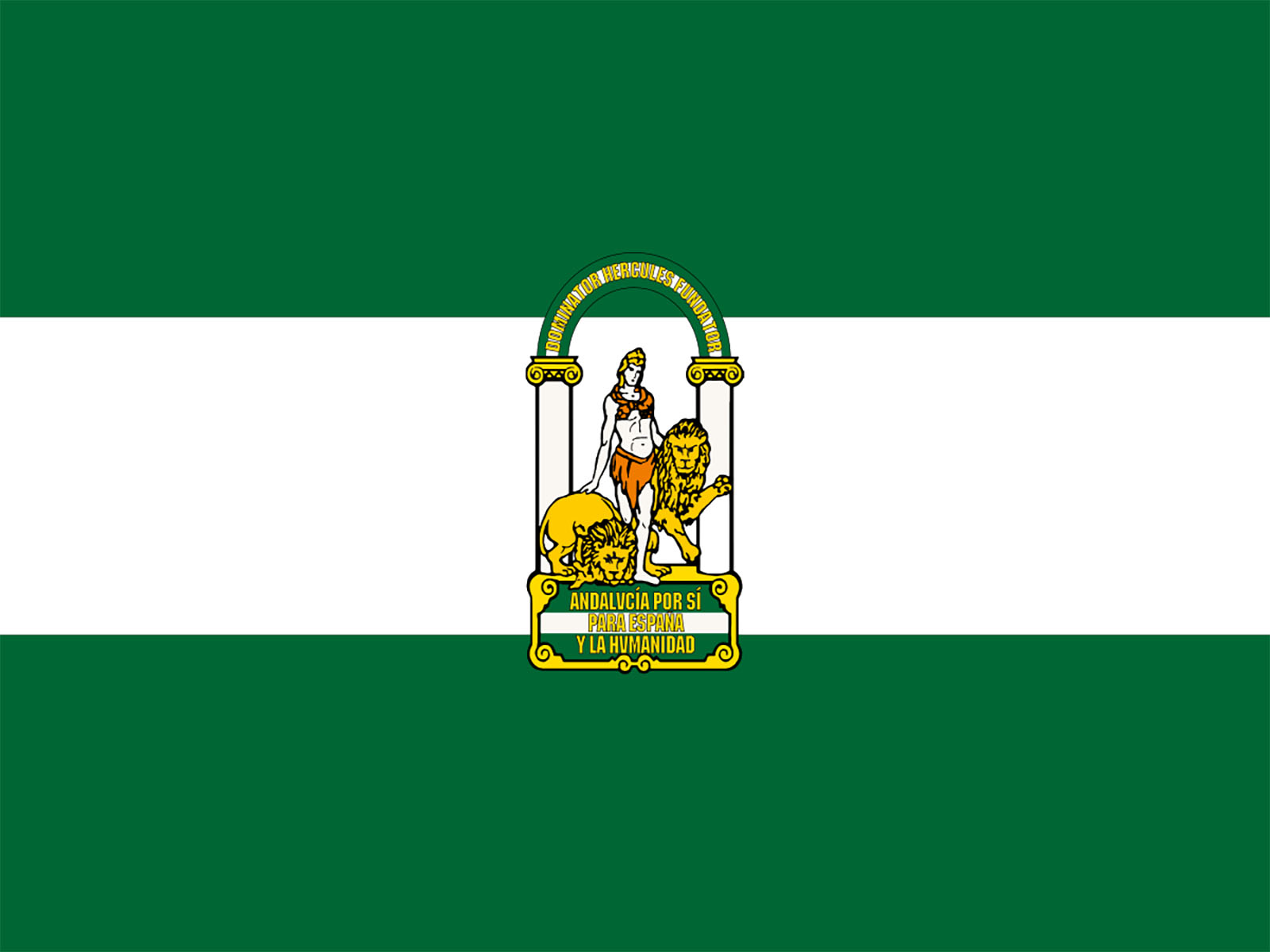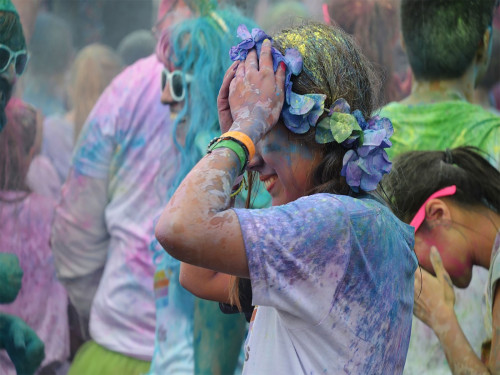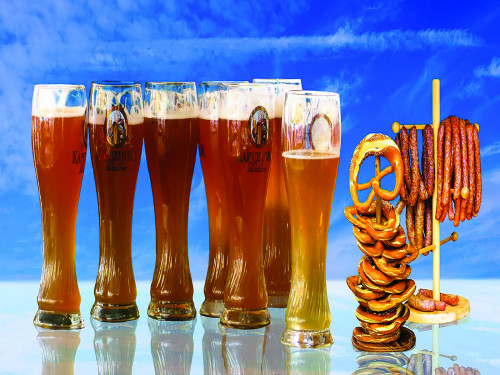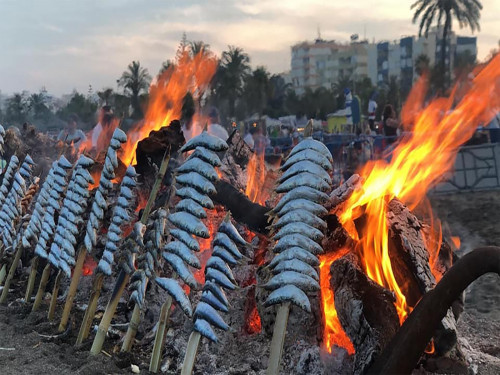Andalucian Day
The “Día de Andalucía” celebrates the result of the referendum held on the 28th February 1980 which approved the statute giving full autonomy to the Community of Andalucía.
The people voted overwhelmingly in favour of autonomy, and as a result of that vote, since 1981 the Community has been run from Seville, the home of the Parliament of Andalucía.
Andalucía is the second largest autonomous community in Spain and has the largest population of any region of Spain, so there are plenty of celebrations and events to attend and participate in on “el día de Andalucía”.
What is everyone celebrating?
To find out we have to go back to 1977, just after the death of Franco and the beginning of the transition to democracy in Spain. On 4th December 1977 there was a huge demonstration in Málaga, Cordoba, Seville and all the large cities in Andalucía where people called out for the establishment their own autonomous region. The day ended in tragedy when a young man in Málaga was killed during the demonstrations. This event became a symbol of the struggle for autonomy and led to the granting of the referendum in 1980.
Speaking of symbols, if there is one item which stands out on Andalucía Day it is the green and white colours of the flag of the Autonomous Community of Andalucía, which we see all around us on that day, displayed or worn with pride.
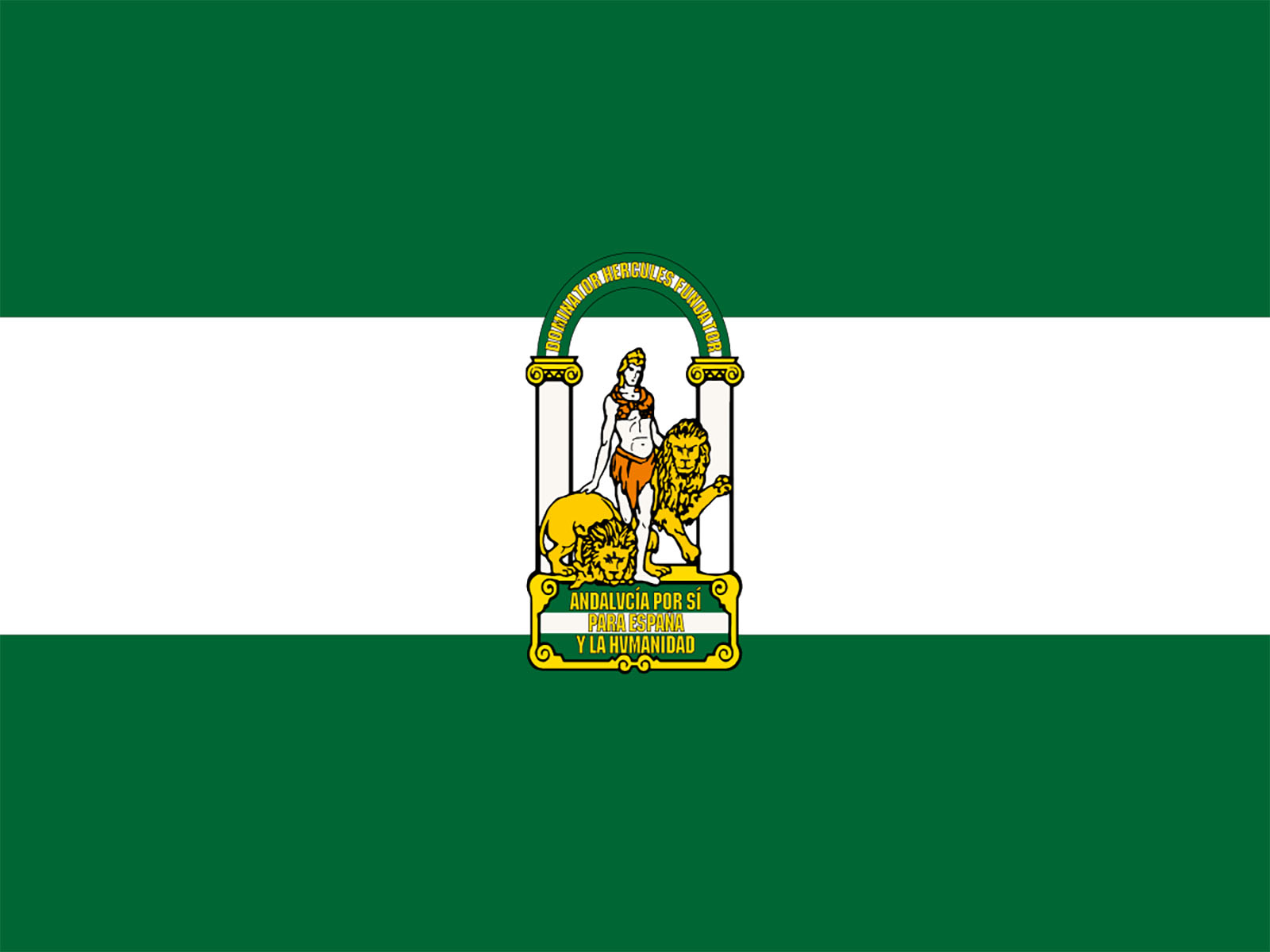 “En la bandera de la libertad bordé el amor más grande de mi vida” are the words of the Andalucían poet Federico García Lorca - on the flag of liberty I embroidered the greatest love of my life.
“En la bandera de la libertad bordé el amor más grande de mi vida” are the words of the Andalucían poet Federico García Lorca - on the flag of liberty I embroidered the greatest love of my life.
All children love dressing up, and the celebrations offer a welcome opportunity for them to do just that. After the fun of the annual “Carnaval” held earlier in the month for which the children can dress up as all sorts of weird and wonderful characters every February, Andalucía Day is a lot more specific. The little girls put on their flamenco dresses and shoes, they put up their hair and decorate it with silk flowers and wear long beads. The boys wear black trousers, white shirt, waistcoat, “fajín” (sash worn around the waist) and black hats. The fajín is usually red but may be green to reflect the colours of the flag of Andalucía.
This day coincides with a kind of “half term” school holiday called Semana Blanca. In effect, the children get a whole week off school, one day of which is the “Día de Andalucía”, so the schools usually have a celebration during the preceding week. Schools are decorated with pictures of white villages, flowers, flamenco and everything that Andalucía is renowned for.
You can guarantee that just about everyone will partake in the Andalucían breakfast on that day, of bread with olive oil and that the school will organise activities such as games with prizes.
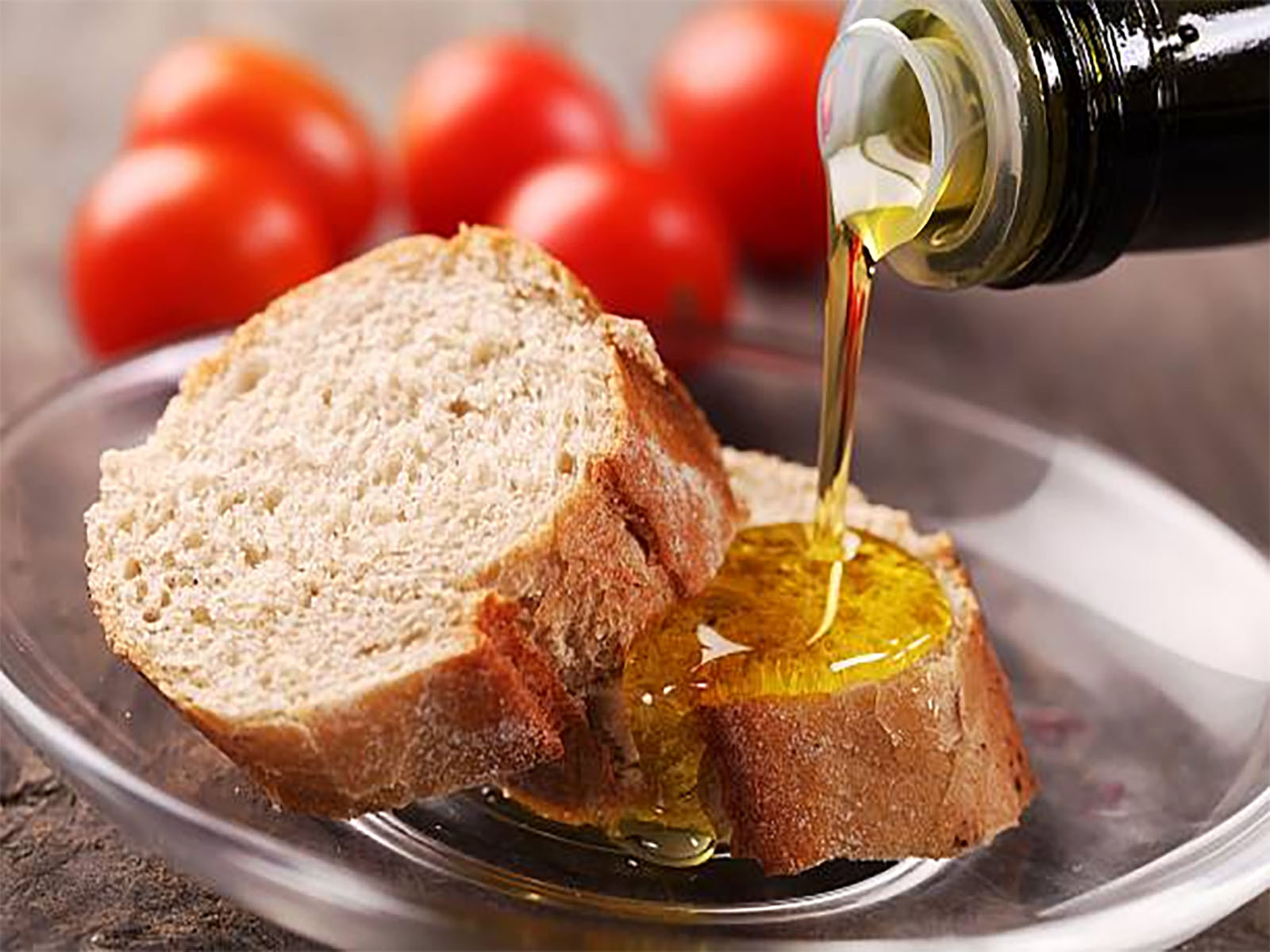
Town halls make their own events, and the museum dedicated to the remembrance of the events which led up to the declaration of Andalucían autonomy runs special events for several day leading up to the 28th each year. You can find out more about the Museo de la Autonomía de Andalucía here:
The museum in Seville is a celebration of history and the identity of Andalucía, from artefacts to music and poetry. It runs tours of the home of Blas Infante Pérez, politician, Notary and writer, whose campaigns and writings were the inspiration behind the campaign for the recognition of Andalucía as a region in its own right. Andalucía had been seen as a poor and marginalised region of Spain for far too long and although Blas Infante died in 1936, it was his example which inspired the campaigns for autonomy which resulted in the demonstration of 1980. His contribution was at last recognised by the Parliament of Andalucía in the 1980s, many years after his death, when they awarded him the title “Father of the Andalucían Lands” in 1983. In 2010 he was declared Honorary President of the Junta de Andalucía.
One of the most important events on Andalucía Day is the awarding of the Medallas de Andalucía and the titles of “Hijo Predilecto”; medals and titles given to illustrious Andalucíans.
The medals are awarded for “the exceptional or extraordinary actions, services and merits achieved in peacetime by citizens, groups or organisations which may be Andalucían, Spanish or foreign”, the theme being individual or collective virtues which work for solidarity and the benefit of those around us. In recent years they have been awarded to clubs, foundations and associations as well as individuals for their good work.
As for the “Hijo Predilecto” award, loosely translated as the “favourite son”, it is awarded to an Andalucían for their exceptional work in sport, culture, arts, the law or music. It is a huge honour to receive this award and it is no surprise to see that Antonio Banderas has been a recipient of one!
So if you want to take part in celebrating Andalucía, what should you do?
The first port of call should be your own town hall (ayuntamiento) website to check out the events planned for this year. If you have children, no doubt you will have received instructions a few days in advance advising you how your child might like to dress for the occasion. You can be sure that the children will thoroughly enjoy dressing up for the occasion in their flamenco outfits and perhaps their school will award its own prizes.
Whatever you decide to do on 28th February, it probably won’t be shopping as this is a public holiday and the shops will be closed. It is easy to forget that the autonomy of the different regions of Spain was a battle hard won, but on the 28th February we celebrate Andalucía’s fight to have their right to make their own decisions was won through the power of the people.


 Danish
Danish Dutch
Dutch French
French German
German Spanish
Spanish